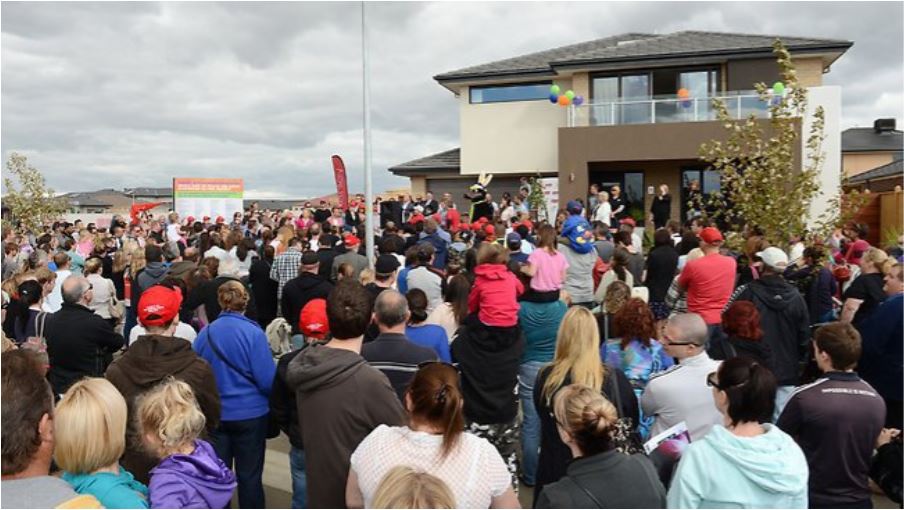We often receive enquiries from potential new clients whose first investment property is costing them money.
Sometimes, it’s because they have unfortunately bought the wrong type of dwelling in an inferior location.
But, quite often, their property could be neutral or even positive cashflow if they just did one simple thing.
What I’m talking about is a depreciation schedule, which many investors still don’t understand nor do they utilise to their financial advantage.
What is a depreciation schedule?
According to our friends at MCG Quantity Surveyors, tax depreciation on a residential investment property is a deduction against assessable income that allows the owners to reduce the amount of tax payable.
The deduction is based on the depreciating value of the property asset with an investor able to claim for two distinct types of depreciation on buildings, which are capital allowance, and plant and equipment.
A tax depreciation report is prepared by a qualified quantity surveyor and generally outlines the depreciation that can be claimed in the property over the life of the building or about 40 years.
The schedule is then supplied to your tax accountant who includes the relevant years deductions in your tax return each year.
One of the main misconceptions about depreciation is that it’s not worth doing for properties that are older, which this is usually not the case.
This is mainly because depreciation came into effect in 1987 so investors often think that if their properties are older than that they will not qualify for any deductions.
The truth of the matter is that buildings constructed before 16 September 1987, which is the line in the sand date, have usually had some sort of renovations or improves that will qualify for deductions.
Indeed, according to MCG, about 64 per cent of properties built before 1987 had undergone improvements with the average improvement value being nearly $40,000, which would likely be tax deductible over time.
Turn that loss upside down
A friend of mine owns an art deco investment apartment that was built in 1939 but as a seasoned investor she knew the value of having a depreciation report prepared for it when it became an investment property.

These improvements meant that there was actually $3,450 of depreciation on the property each year.
While it might not seem like much, it certainly can make the difference between a property being in negative, neutral, or positively geared territory.
Indeed, the yearly depreciation was the equivalent of the annual body corporate fees for the property.
We often talk about how important cash flow is for investors so they can hold their properties for the long-term and capital growth can grow.
However, it’s vital that you understand that cash flow happens at different times and in different ways.
Depreciation schedules are part of this cash flow equation because they can often result in investors receiving increased tax returns compared to if they hadn’t claimed depreciation on their properties at all.
These extra funds, which flow every year, potentially for decades, can then be considered as part of an investor’s cash flow pool.
Fundamentally, every dollar can make a big difference to your wealth creation plans, because it allows investors to retain their portfolios for the length of time needed for compounding capital growth to become a reality.
























